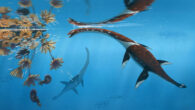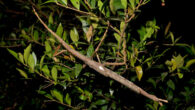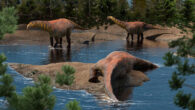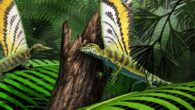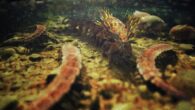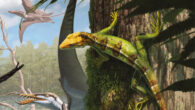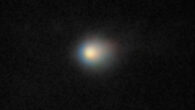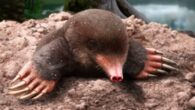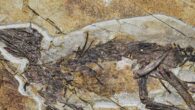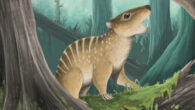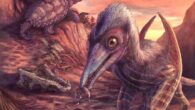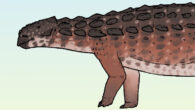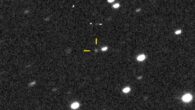Designated Stephenson 2 DFK 52, the newly-discovered red supergiant resides in the massive stellar cluster RSGC2. This image shows the red supergiant star Stephenson 2 DFK 52 and its circumstellar environment. Image credit: ALMA / ESO / NAOJ / NRAO / Siebert et al. RSGC2 is a cluster of at least 26 red supergiants located at the base of Milky Way’s Scutum-Crux spiral arm at a distance of 5,800 parsecs (18,917 light-years). Also known as Stephenson...


